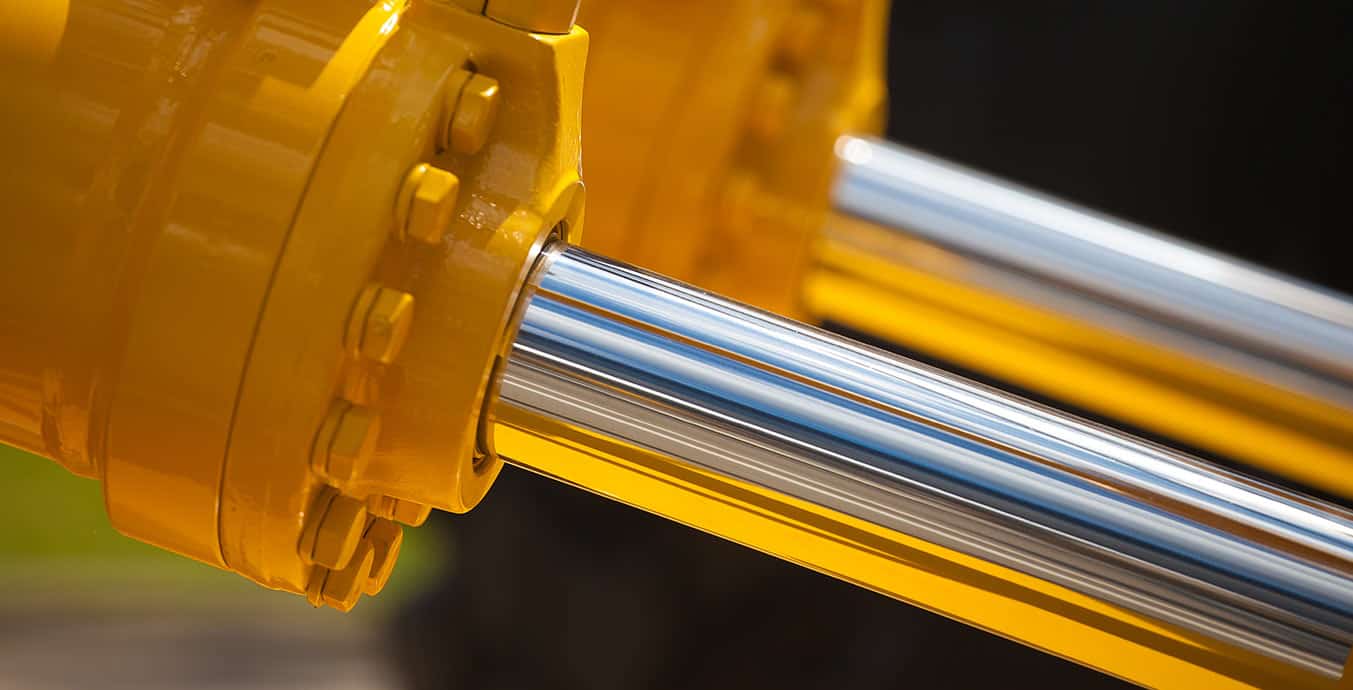
Users repairing and maintaining hydraulic systems must adopt best practices to avoid a series of unwanted scenarios. There are hydraulic equipment errors that are more commonplace than others and, in this blog, we’ll run through the five most often made mistakes that can lead to unnecessary and increased repair and maintenance costs, premature component wear, system downtime and, in some cases, total machine failure. Read on to find out more.
1. Incorrect oil change intervals
High-quality Hydraulic fluid is essential to keep equipment running at optimum, but it can be expensive to buy. As a result, changing it too early can waste resources and money, involve system downtime, and even promote hydraulic contamination.
Hydraulic systems typically ship with manufacturer recommendations on oils change intervals and act as a guideline for best rather than a strict set of rules. Most advisories are founded on service hours, although several variables that can impact when hydraulic fluid must be changed. These include operating temperatures, air and water contamination levels, additive depletion, particulate levels and natural degradation over time.
As a rule, hydraulic fluid will last for a longer period when the hydraulic system is well maintained.
2. Using the wrong hydraulic fluid
Deploying the incorrect hydraulic oil in a system is among of the most common mistakes made when using hydraulic equipment. When selecting the type of hydraulic fluid for an application, users must be mindful of the variety of purposes served by this lubricant. Hydraulic fluid transmits power within the system while lubricating parts and preventing oxidation. It also helps transfer heat from critical components. When the incorrect oil is used, the system will suffer decreased performance and efficiency, and can severely shorten component and system lifespan.
To select the correct hydraulic oil, users must consider viscosity. If the fluid’s viscosity is too high, it won’t be able to lubricate the system components fully during cold starts, which often leads to premature wear. Furthermore, higher viscosity fluids can result in hydraulic system power loss because of increased fluid friction. In turn, this reduces the system’s overall efficiency and increases power consumption.
However, if fluid viscosity is not high enough, system components cannot be adequately protected in operation. The impact of this is increased wear and premature failure over time of key components like motors and hydraulic pumps. It can also cause contamination, which will result in further efficiency losses and greater wear.
The best practice for determining the right viscosity of hydraulic fluid for a system is always to consult an experienced technician with knowledge of your system.
3. Hydraulic systems that run too hot
Utilising the right hydraulic fluid in your system is important but it won’t do any good if your system is running too hot. Excessive heat will decrease the viscosity of the hydraulic fluid, causing an appropriate oil to become ineffective. When the viscosity of a hydraulic oil is too low, the result will be metal-on-metal contact. This leads to contamination forming that is harmful to hydraulic systems and their components. Additionally, high temperatures can result in premature failure of hoses and seals, while simultaneously accelerating the natural degradation of the fluid itself.
Hydraulic systems running too hot can be a strong indicator that other issues need addressing like incorrect flow rates, dirty heat exchangers and worn-out bearings.
4. Changing hydraulic filters at the incorrect time
As mentioned with hydraulic oil intervals, filters in hydraulic equipment can also be changed prematurely leading to problems. When system filters are replaced too early, they have not been used for the entirety of their lifespan and money is wasted. Systems also experience unnecessary downtime, leading to productivity loss and leaving them open to potential contamination.
However, if system filters are not replaced in a timely fashion, they can become clogged and decrease hydraulic fluid flow. When they clog severely, it can result in a total bypass of hydraulic fluid. When this occurs, the oil is no longer coursing through the filter, so contaminants are free to cause havoc on components further downstream. The negative impact of late filters changes ranges from expensive repairs to parts prematurely worn out along with a lack of overall efficiency for the hydraulic system.
Always monitor pressure drops to know when a filter change is required.
5. Believing that hydraulic system components are Self-lubricating and self-priming
Finally, it is vital for all users and technicians working with hydraulic equipment to remember that system components are neither self-priming nor self-lubricating. In the same way that a vehicle engine will not be able to start without any oil in its crankcase, the hydraulic motor or hydraulic pump within a system will not be able to run unless it has a healthy supply of hydraulic oil inside it.
Always consider these five points when using hydraulic equipment to maintain optimum efficiency and extended service life while avoiding system downtime and costly repair work.








































